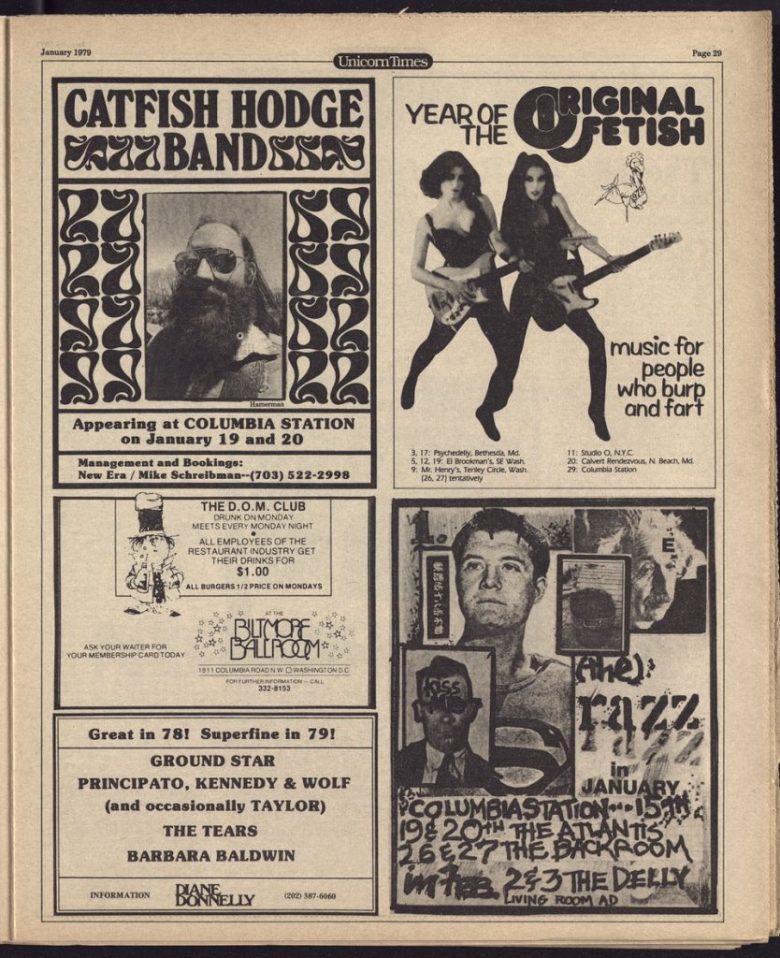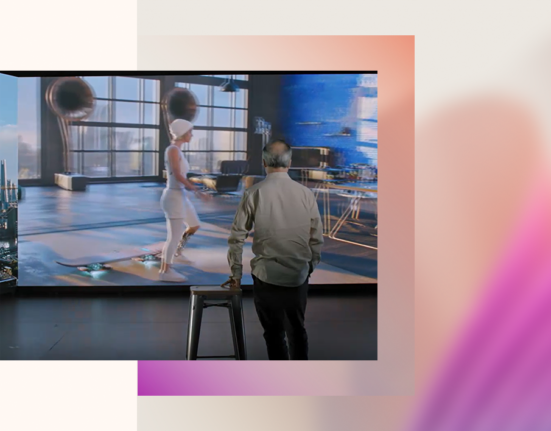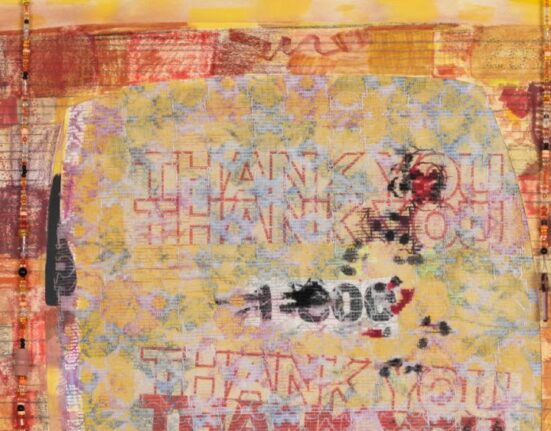Michael Reidy, visual artist and rock singer from the 1970s D.C. band Razz, died on March 5 from complications of a stroke.
This energetic, charismatic musician’s local fame came largely from his fronting role in Razz, which existed on and off from 1971 to ’79. Reidy co-wrote many of the band’s original songs that showed off his irreverent humor and book smarts, and he gained attention for designing eye-catching artwork for the band’s records and gig advertisements. The Razz opened for the likes of the Ramones, Devo, and Patti Smith, but their own sound was more pre-punk, mixing Rolling Stones swagger with the garage rock and power pop approach of bands such as San Francisco’s Flamin’ Groovies, whose songs they sometimes covered. Razz’s self-released records received airplay on local radio stations that no longer exist—WGTB and WHFS. Onstage, Reidy commanded attention not only for his strong vocals, but with his distinctive movements, whether moving with the mic stand or swinging his body around. There was also that one time he cut open the band’s bass drum and crawled inside, never missing a note.
The late-’70s iteration of the band featured Doug Tull on drums, Ted Nicely on bass, and guitarists Bill Craig and Abaad Behram. Behram left the band in 1978 and Tommy Keene took his slot on guitar. Razz auditioned for major labels, but they were never signed. Although their 1979 song “You Can Run” was included on the compilation album Declaration of Independents, the acclaim never truly reached beyond the D.C. area. (Though their local impact remains evident: Last year, Jeff Krulik and Richard Taylor’s RAZZ (the) Documentary screened for one night at AFI Silver to a packed house.)
Reidy’s decades-long impact on the local music scene has been well-documented since his death—he played with MWWW in the early ’80s, and with the Howling Mad in the mid-2000s. But he was also a talented visual artist. Over the years, his art was featured in various D.C. galleries. In 2016, American University’s Katzen Art Center opened Twisted Teenage Plot, a group exhibit featuring artworks from visual artists who played in local bands during the late ’70s and early ’80s. Sound recordings and memorabilia from the bands were also included. Reidy was one of the featured artists in an exhibit that documented the interrelationship of D.C.’s visual art and rock music scenes in the 1970s.

Reidy created provocative ads and flyers for his bands—most famously his Razz gig announcements from the late 1970s that were published in the monthly local arts publication the Unicorn Times. Reidy also created work for punk-rock fanzines The Infiltrator and Capitol Crisis in the late ’70s and early ’80s, in addition to working as an illustrator for City Paper from 1987 to 1996.
According to Reidy’s widow, Stephanie Weiner Reidy, he was always interested in art. “He would get home from the movies as a little kid and illustrate his memories of what he had seen,” she shares. Another friend and artist Clark Fox (formerly known as Michael Clark) remembers Reidy sharing stories of visiting art museums with his parents as a child. Fox also recalls seeing Reidy’s father’s own abstract expressionist paintings, which Fox described as “kind of dark.”
Reidy was born in D.C. in 1950, but because his father, who was also an artist, was an Air Force officer, the family was stationed in multiple locations over the years before returning to the D.C. area in the late 1960s. Reidy attended Crossland High School in Camp Springs, Maryland, his senior year.
As a high school senior, Reidy was voted “wittiest guy” and drew political cartoons for the school newspaper. During his years at the University of Maryland, Prince George’s Community College, and American University, Reidy took art classes and studied art history. Razz guitarist Craig, who met Reidy in 1968, recalls going over to Reidy’s house to play music. “The walls [were] covered with this art stuff,” he says.
City Paper’s former art director Mark Jenkins, who now writes about arts and culture for the Washington Post, recalls first seeing Reidy when Razz opened for Roxy Music at the University of Maryland in 1974. When Jenkins worked for the Unicorn Times in the late ’70s, Reidy would deliver his hand-drawn ads for the band’s gigs, and Jenkins would prepare them for publication. These ads included distinctive fonts, whether it was black stencil or crayon lettering, as well as found photos of Superman and Albert Einstein and clever illustrations: One ad featured a drawing of the band as the Beatles, and read, “Razzmania: after you’ve been there you’ll feel like you’ve really seen them.” Jenkins says, “probably the most famous examples of his art are all things that he did for Razz. Those ads made an impression. [They had] people with guns and Samurai swords … in the pages of Unicorn Times, which was a complete hippie publication.”
Some people have speculated that Reidy’s interest in violence fit into the greater punk-rock ethos, but Jenkins counters: “It really predated that. Because his father was an Air Force pilot, a lot of his artworks included imagery of airplanes from World War I and World War II.”
Behram, another former Razz member, says Reidy “could toggle between music and art with swashbuckling skill. His art reflected his pushing-the-envelope personality.”
Over the years with Razz, Reidy’s art played with the darker side of pop culture, often featuring the likes of ’50s serial killer Charlie Starkweather or John F. Kennedy’s murderer Lee Harvey Oswald. Behram concludes: It was “never boring.”

From 1978 to 1986, Michael Olshonsky’s art gallery, Olshonsky’s, featured six Reidy exhibits, including the gallery’s opening show. (Olshonsky was married to Reidy’s sister Joanna). At the time, Reidy, who was then working for the Food Management Institute, would collect news articles for his collage work.
During that period of his art, Reidy “always used to complain that he got compared to Larry Rivers,” says Jenkins, who notes their similarities and differences: Rivers “didn’t work with pencil like Reidy did.” And according to Olshonsky, Reidy’s ability to draw people “was peerless.”
Razz fan and musician James Scott Watson remembers scraping together enough money to buy two of Reidy’s pieces. “His art was arresting—unlike anything I’d ever seen … always clever and sometimes laugh-out-loud funny, and always a little dark,” Watson tells City Paper via email.
In 1987, Jenkins helped Reidy showcase his art in a different manner. As WCP’s art director, Jenkins hired Reidy as an illustrator, and in that role he designed some of the paper’s front covers and filed illustrations for individual articles. Jenkins was art director for more than a decade and describes Reidy as “one of the best artists that we had as far as doing recognizable likenesses of people … he did a very nice Marion Barry at one point. We got a good response to Reidy’s work.”
In 2016, Jack Rasmussen, director of American University’s Katzen Art Center, curated Twisted Teenage Plot, named after a part-time band that included visual artists Clark Fox and Kevin MacDonald. The exhibit also included other visual artists who doubled as musicians, such as Reidy, who had two works in the show. His portrait of MacDonald perfectly captured the man’s appearance, but it also demonstrated Reidy’s collage skills and biting humor. The piece featured MacDonald holding one of his own drawings but with Reidy’s writing over the lightly sketched work, with the text “press harder.”
Rasmussen notes in an email that he “appreciated Reidy’s expansive view of what could be art and, especially, of what art could be made of. Reidy was fun … he had a sense of humor to balance what could be described as the iconoclastic angst about him.”









